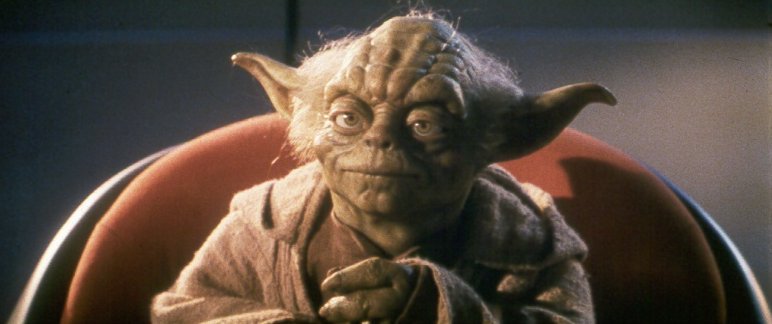hairy_hen said:
While information about the '85 mix is hard to come by, certain qualities of its sound can lend themselves to informed speculation about its origins.
4) The '85 mix has been dynamically compressed to a greater degree than the '77.
Interesting, didn't know that, do you know if this is the case with all incarnations of this mix? I recall that you found the SWE Technidisc to be the loudest of the bunch in your investigations. Would be interesting to compare all pressings and incarnations of this track in even more detail sometime, from all LD's all the way from '86 SC up to '93 SWE, from Japan pressings: Pioneer and Mitsubishi to USA pressings: Mitsubishi, Pioneer and Technidisc.
As it stands,
35mm Dolby Stereo - digital track (Japanese '91 Pan&Scan LD)
'85 home video mix - SWE (Technidisc)
overall the best sources for these tracks so far, am I right?
hairy_hen said:
Now let us consider a few other facts:
1) The 70mm version had a few additional sound effects not heard in the 35mm stereo mix, which also do not appear in the '85 version.
2) The '97 SE mix, which is said to have been derived mainly from an original 4-track master, does not contain these 70mm additions either.
3) The stereo imaging of the '85 mix seems to line up exactly with what is heard in the 70mm and '97 mixes (apart from the changes, obviously).
4) The 70mm and '97 versions do not contain the additional music reverb.
What may we deduce from this evidence?
1) Despite their overall similarity, the '85 mix could not possibly have been derived from the original 35mm stereo. The missing reverb alone would tell us this much; and the imaging discrepancy lends it further credence, for while there are ways of widening a stereo field, it is unlikely that artificial processing after the fact would yield a result that aligns so closely with sources that had not been narrowed to begin with.
2) The '85 mix must therefore have been derived from an earlier generation source that did not contain the reverb or any added sound effects, and had the full panning width.
3) The similarity of the '85 and '77 stereo versions, in spite of the differences they do display, is such that they must have a common ancestor in their background.
When we add up the facts, it seems to me that the most logical conclusion would be to say that the 1985 stereo mix is derived from the original 4-track master. It is a fresh downmix of an early, discrete channel source, with the tractor beam line added on top and the dynamics compressed down to a level that was deemed acceptable for home video release. This explanation accounts both for the similarities and differences between versions and makes the most sense given the audible properties of each, as well as fitting with the information available to us about these matters.
Yeah, it's important to select your wordings right, I said '85 re-mix earlier which is of course an inaccurate description when it is its own mix or digital remaster. So I'm sorry if what I said implied that it could be a remix or a derivation of the 35mm Dolby when it's clearly not.
All theatrical stereo mixes was derived from the 4-track master mix, that is the groundwork. Still it's impossible to tell for sure without more information if the '85 mix was a fresh down mix from the master tapes or a remaster of an existing mix. We can only speculate even with these facts at hand. That's why it would be nice with more concrete info about the creation of this track. When it comes to the '93 mix and '97 mix we know for the most part what was done, on this track we only have that quote.










